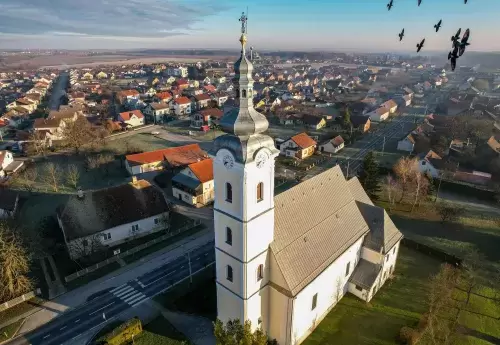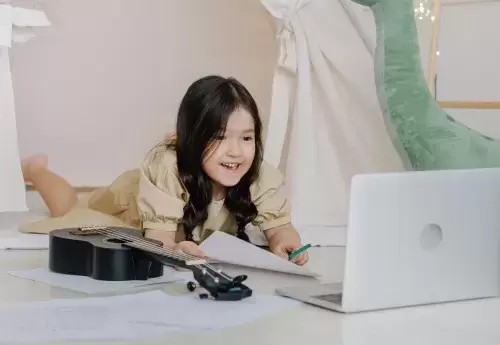
Every year around Halloween we see a recurring rise of haunted asylums, straight jacket “psycho” costumes, and costumes depicting suicide. At MHA, we’ve called for the removal of offensive costumes and attractions, and to draw attention to why these representations are just wrong. They falsely paint people with mental health conditions as violent and scary. They dishonor countless people who have been harmed by attitudes about mental health - people who survived through living in chains, lobotomies, and forced sterilization, and who were often forgotten and left to die in large state-run hospitals. Some justify their Halloween costumes and activities by saying we do not treat people this way anymore. But what many of these portrayals hide is the real terror and violence experienced by people living with mental health conditions today. These experiences include:
- Feeling unheard. It often takes a long time to decide you want to reach out and get treatment. When you finally do, it can feel like people are not listening. Imagine finally sharing something you’ve been deeply struggling with to have people not believe you or dismiss your experiences as a “stage” or an “overreaction”. Imagine asking your provider about serious side effects or a new problem only to have them dismiss and ignore your legitimate concerns. Whether it’s family, friends, or providers, it is scary and lonesome when the people around you do not believe or listen to you.
- Losing control. Experiencing a mental health crisis is hard enough. It can have all sorts of effects on your health, relationships, work, education, and life. When entering into an emergency crisis treatment facility, it is scary when you are stripped of your rights to make choices about your life, what you want and need, and how you should be treated.
- Experiencing isolation. For people who have chronic mental health problems, living in isolation from society can become an everyday reality. When we lose our ability to connect with others or feel rejected by the people around us, we lose our sense of self and meaning. What’s more, a lack of community-based services often means that people end up out of their homes, away from their communities, and hospitalized, incarcerated, or homeless. For those in hospitals, jails, and prisons, isolation rooms still exist. It is scary to lose major parts of your life and your ability to freely connect with other people.
- Being restrained. Physical, mechanical, and chemical restraints are used in hospitals, jails, prisons, and schools. The images you see at Halloween of people in hospitals tied to beds or isolated in rooms are not fantasy. This still happens to adults and kids across the US. People who are experiencing crises and need support experience increased traumatization instead. After these experiences it’s understandable why we’re less likely to trust services in the future. It is scary to be treated like you are less than human and to be tied up, held down, or forcibly sedated.
With the voices of individuals with lived experience, we’ve come a long way in improving the way we conceptualize and support people with mental health conditions. We now know that recovery is possible even if it does not look the same for everyone. Most importantly, we know that the only way to help a person recover is to ensure their dignity and self-determination in the process.
During Halloween, we hope to open a dialogue to show that people with mental health conditions are just people, and that their traumas and the history of abuse have no place as a costume or horror entertainment.
Here’s what “mental patients” really look like!





